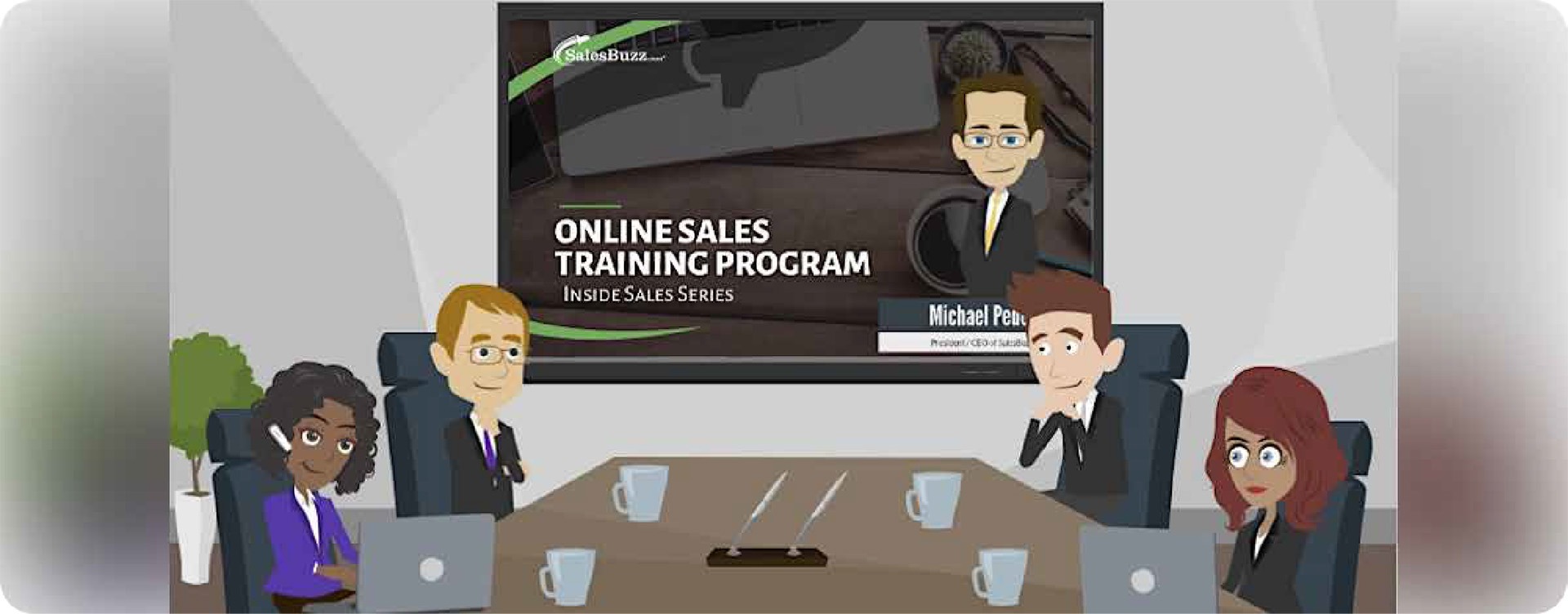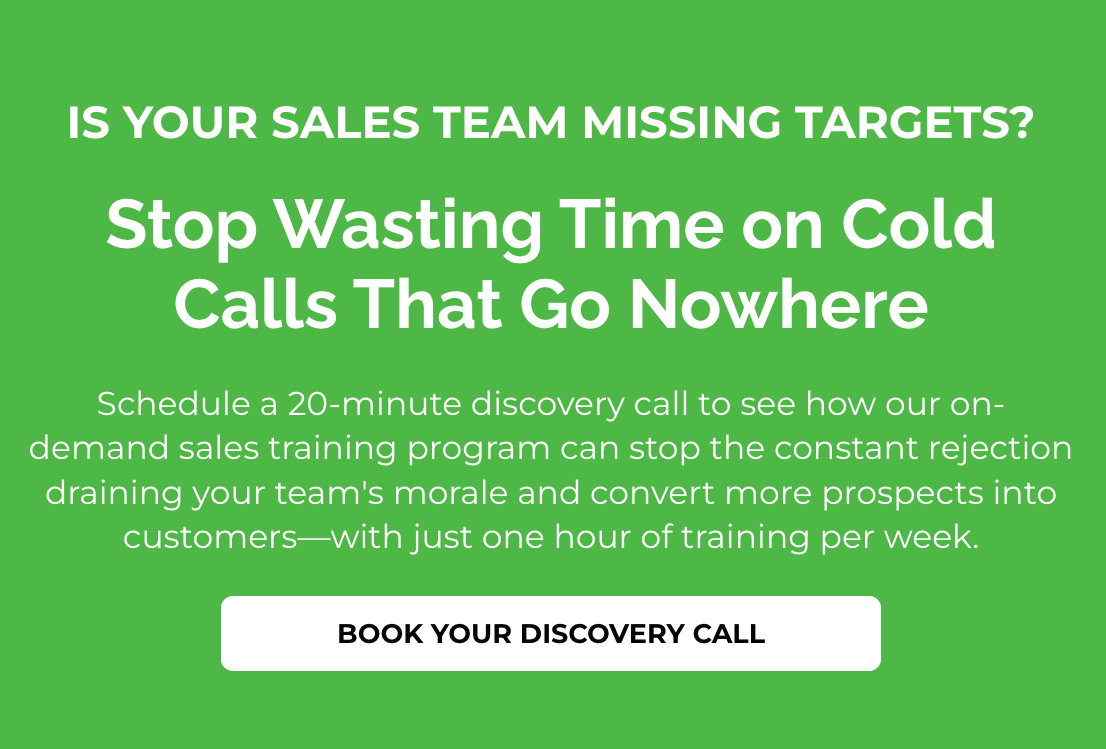SDR vs. BDR vs. Full-Cycle Sales Rep

SDR vs. BDR vs. Full-Cycle Sales Rep:
Which Model Drives the Best Results for Your Business?
If you’re leading a small but mighty sales team (typically under 10 reps) at a B2B company with 50 to 200 employees, you’ve likely wrestled with the question:
Should we split our sales roles between SDRs and AEs, or train full-cycle sales reps who own the entire sales process?
Many companies default to the SDR/BDR model because it’s what they’ve seen bigger teams do. The logic is simple—specialization increases efficiency, right? But for companies like yours, where every hire needs to produce real revenue impact, this approach often backfires.
Let’s break it down.
What’s the Difference Between an SDR, a BDR, and a Full-Cycle Sales Rep?
SDR (Sales Development Representative)
- Responsible for outbound prospecting and qualifying inbound leads.
- Their job is to generate interest and book meetings for an Account Executive (AE).
- Typically does NOT close deals.
BDR (Business Development Representative)
- Similar to SDRs, but often focused on outbound prospecting into new markets or larger accounts.
- Some companies use SDR/BDR interchangeably.
Full-Cycle Sales Rep
- Owns the entire sales process—from prospecting to closing.
- Engages potential customers, qualifies opportunities, runs the demo, handles objections, and secures the deal.
- No handoff, no silos—just one trained sales professional running the show.
For high-volume, high-velocity sales teams (think SaaS startups with hundreds of reps), separating prospecting and closing roles makes sense. But for smaller teams, full-cycle sales reps outperform fragmented SDR-to-AE models every time.
Why Full-Cycle Sales Reps Are the Smarter Play for Your Sales Team
-
Better Prospect Experience = Higher Close Rates
When an SDR books a meeting, the prospect has to start all over again with a new person (the AE). That handoff kills momentum. A full-cycle sales rep builds trust from the first touchpoint to the close. -
More Sales, Fewer Bottlenecks
SDRs can only book meetings—if your AEs are slammed or can’t close efficiently, deals stall out. Full-cycle reps manage their own pipeline, so there’s no breakdown between prospecting and closing. -
More Cost-Effective for Smaller Teams
Hiring and training SDRs + AEs means twice the payroll, twice the ramp time, and more overhead in management and operations. A full-cycle sales model keeps costs lower and productivity higher. -
Faster Sales Cycles
The fewer people involved, the faster deals move. Full-cycle reps control the pace, keeping deals from slipping through the cracks. -
Stronger Sales Talent
Full-cycle sales reps aren’t just cold-callers or demo jockeys—they’re closers. They learn real sales skills, not just scripts and handoffs. That means more confidence, better conversations, and ultimately, more revenue.
Train Your Team for Full-Cycle Sales Success
If your team is struggling to hit revenue goals despite having SDRs feeding AEs with meetings, it’s time to rethink your sales structure.
Full-cycle reps sell better, faster, and more effectively—when trained properly.
That’s where we come in.
Our on-demand full-cycle sales training program gives your team the exact talk tracks, strategies, and sales process needed to handle prospecting, qualifying, and closing—without relying on a broken SDR-to-AE handoff.
If you’re ready to upgrade your sales team’s performance, let’s get started.

